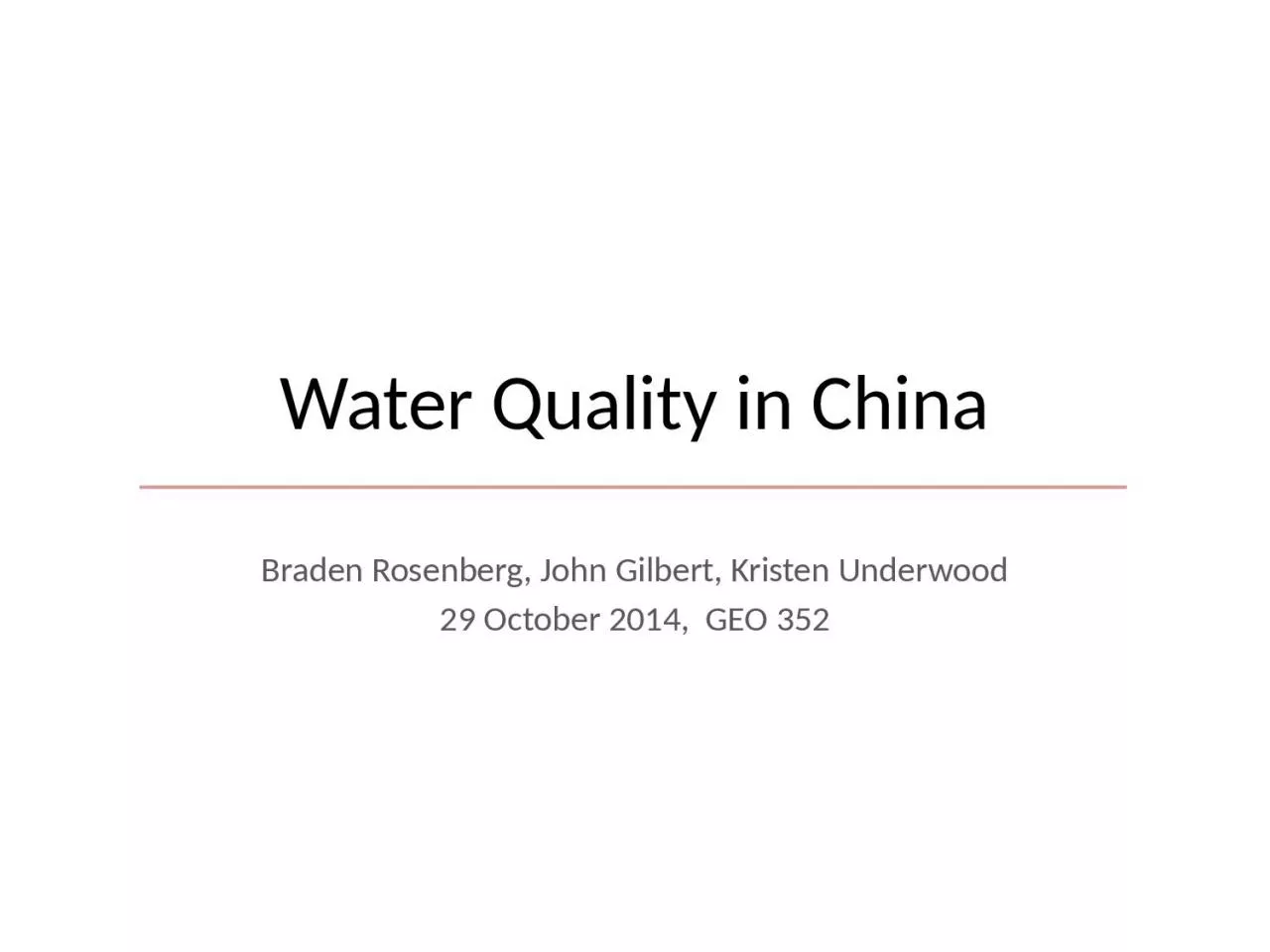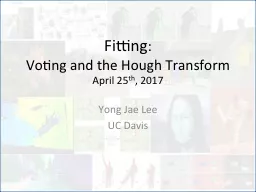PPT-Water Quality in China Braden Rosenberg, John Gilbert, Kristen Underwood
Author : isla | Published Date : 2024-03-13
29 October 2014 GEO 352 The pursuit of economic growth has been the priority overshadowing the vital issues of water resources and ecological balance 5 Chinas
Presentation Embed Code
Download Presentation
Download Presentation The PPT/PDF document "Water Quality in China Braden Rosenberg,..." is the property of its rightful owner. Permission is granted to download and print the materials on this website for personal, non-commercial use only, and to display it on your personal computer provided you do not modify the materials and that you retain all copyright notices contained in the materials. By downloading content from our website, you accept the terms of this agreement.
Water Quality in China Braden Rosenberg, John Gilbert, Kristen Underwood: Transcript
Download Rules Of Document
"Water Quality in China Braden Rosenberg, John Gilbert, Kristen Underwood"The content belongs to its owner. You may download and print it for personal use, without modification, and keep all copyright notices. By downloading, you agree to these terms.
Related Documents














